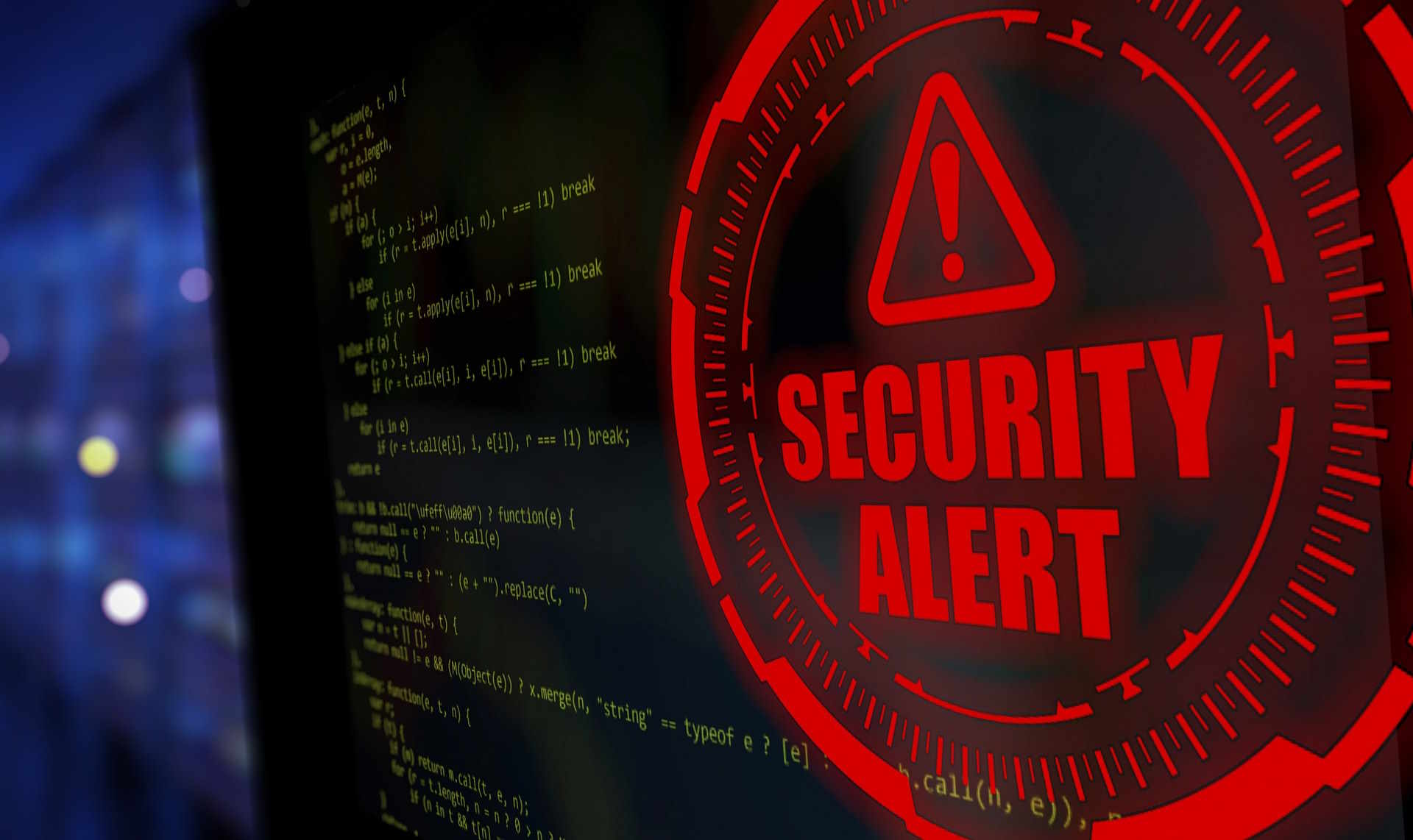Introduction to Cyber Security Training Courses
Cyber security training courses focus on teaching methods to safeguard digital information and systems. Participants may explore areas such as network security, data protection, ethical practices, and strategies for identifying and responding to security threats.

What are the different levels of cyber security training courses?
Cyber security training courses are typically offered at various levels to cater to different skill sets and career stages. Entry-level courses provide a foundational understanding of cyber security principles and are suitable for beginners or those looking to transition into the field. Intermediate courses delve deeper into specific areas such as network security, cryptography, or ethical hacking. Advanced courses are designed for experienced professionals and often focus on specialized topics like security architecture, incident response, or cloud security. Some institutions also offer executive-level courses that address cyber security from a management and strategic perspective.
How do cyber security courses apply to real-world scenarios?
The knowledge gained from cyber security courses has immediate real-world applications. Participants learn to identify vulnerabilities in systems and networks, implement security controls, and develop incident response plans. Many courses incorporate hands-on labs and simulations that mimic real-world cyber attacks, allowing students to practice their skills in a controlled environment. This practical experience is invaluable when addressing actual security incidents in the workplace. Additionally, courses often cover compliance regulations and industry standards, ensuring that professionals can align their organization’s security practices with legal requirements.
What are the key topics covered in cyber security training?
Comprehensive cyber security training typically covers a wide range of topics essential for protecting digital assets. These may include network security protocols, encryption techniques, malware analysis, and penetration testing. Courses often explore the principles of information security, such as confidentiality, integrity, and availability. Risk management and security policy development are also common subjects. As the field evolves, many programs now include emerging topics like cloud security, Internet of Things (IoT) security, and artificial intelligence in cyber defense. Ethical considerations and legal aspects of cyber security are usually addressed to ensure professionals understand the boundaries of their work.
How can one choose the right cyber security course?
Selecting the appropriate cyber security course requires careful consideration of several factors. First, assess your current skill level and career goals to determine which level of course is most suitable. Consider the course content and ensure it aligns with your specific interests or job requirements. Look for courses that offer hands-on experience through labs or projects, as practical skills are highly valued in the industry. The reputation of the training provider and any certifications offered upon completion should also be taken into account. Additionally, consider the format of the course – whether it’s in-person, online, or a hybrid model – and how it fits with your schedule and learning preferences.
What are the latest trends in cyber security training?
Cyber security training is constantly evolving to keep pace with the rapidly changing threat landscape. One notable trend is the increased focus on cloud security, as more organizations migrate their operations to cloud platforms. Training in DevSecOps practices is gaining prominence, emphasizing the integration of security throughout the software development lifecycle. Artificial intelligence and machine learning are also becoming integral to cyber security, with courses now covering how these technologies can be leveraged for threat detection and response. Additionally, there’s a growing emphasis on soft skills such as communication and leadership, recognizing that cyber security professionals often need to collaborate across departments and explain complex concepts to non-technical stakeholders.
What are the costs and providers of cyber security training courses?
When considering cyber security training, it’s important to understand the associated costs and the variety of providers available. The cost of cyber security courses can vary significantly based on factors such as the level of training, duration, and whether it’s offered by an academic institution, professional organization, or private company.
| Provider | Course Level | Duration | Cost Estimation |
|---|---|---|---|
| SANS Institute | Advanced | 5-6 days | $5,000 - $7,000 |
| CompTIA | Entry-level (Security+) | Self-paced | $350 - $450 |
| Cybrary | Various levels | Self-paced | $40/month subscription |
| EC-Council | Intermediate (CEH) | 5 days | $2,500 - $3,500 |
| Udemy | Various levels | Self-paced | $20 - $200 per course |
Prices, rates, or cost estimates mentioned in this article are based on the latest available information but may change over time. Independent research is advised before making financial decisions.
In conclusion, cyber security training courses offer a vital pathway for professionals to gain the skills needed to protect digital assets in an increasingly complex threat environment. From foundational knowledge to advanced specializations, these courses provide the tools necessary to build robust security strategies and respond effectively to cyber incidents. As the field continues to evolve, staying current with the latest training offerings and trends will be crucial for anyone looking to build or advance a career in cyber security.
The shared information of this article is up-to-date as of the publishing date. For more up-to-date information, please conduct your own research.




